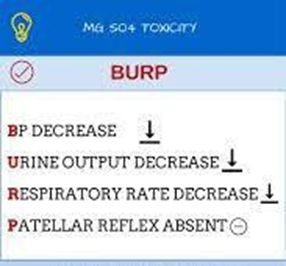During her gynecologic checkup, a 30-year-old client states that recently she has been experiencing abdominal cramping and pain 3-4 days before and during her menstrual periods. The patient also complains of nausea, vomiting, headache, and irritability. The nurse would document these complaints as:
Select one:
Dysmenorrhea.
Dyspareunia.
Amenorrhea.
Premenstrual syndrome (PMS).
The Correct Answer is D
a. Dysmenorrhea refers to painful menstruation, which may be accompanied by abdominal cramping and pain.
b. Dyspareunia refers to painful sexual intercourse, which is not described in the scenario.
c. Amenorrhea refers to the absence of menstrual periods, which is not described in the scenario.
d. The symptoms described in the scenario are consistent with premenstrual syndrome, which includes physical and emotional symptoms such as abdominal cramping and pain, nausea, vomiting, headache, and irritability that occur before and during menstruation.
Nursing Test Bank
Naxlex Comprehensive Predictor Exams
Related Questions
Correct Answer is C
Explanation
a. This may be done if the fetal heart rate (FHR) tracing is not clear, but it is not the first priority in this situation.
b. Early decelerations can indicate fetal head compression and is a normal finding hence there is no need of notifying the healthcare provider.
c. One of the FHR patterns that may be observed is early decelerations, which are symmetrical decreases in FHR that coincide with uterine contractions. Early decelerations are usually benign and reflect fetal head compression during contractions. The nurse's first priority in this case is to document as a normal finding and continue to monitor the FHR and uterine activity.
d. This may help relieve pressure on the fetal head and improve FHR, but it is not the first priority in this situation.
Correct Answer is B
Explanation
a. This is an important nursing intervention when a patient is receiving magnesium sulfate, as the medication can affect renal function.
b. Assessing cervix dilation is not related to magnesium sulfate toxicity.
c. This is an important nursing intervention when a patient is receiving magnesium sulfate, as the medication can affect neuromuscular function.
d. This is an important nursing intervention when a patient is receiving magnesium sulfate, as the medication can affect respiratory function.

Whether you are a student looking to ace your exams or a practicing nurse seeking to enhance your expertise , our nursing education contents will empower you with the confidence and competence to make a difference in the lives of patients and become a respected leader in the healthcare field.
Visit Naxlex, invest in your future and unlock endless possibilities with our unparalleled nursing education contents today
Report Wrong Answer on the Current Question
Do you disagree with the answer? If yes, what is your expected answer? Explain.
Kindly be descriptive with the issue you are facing.
